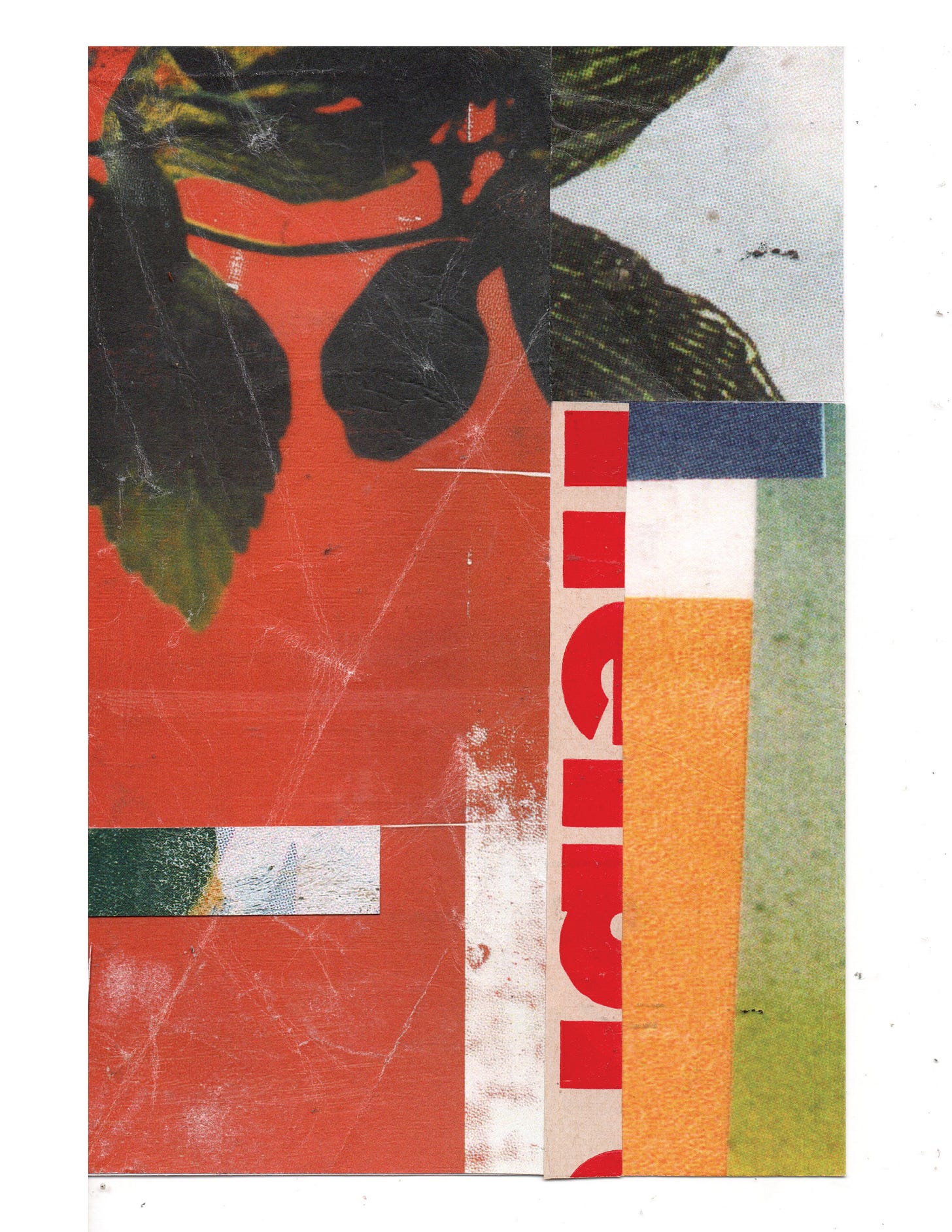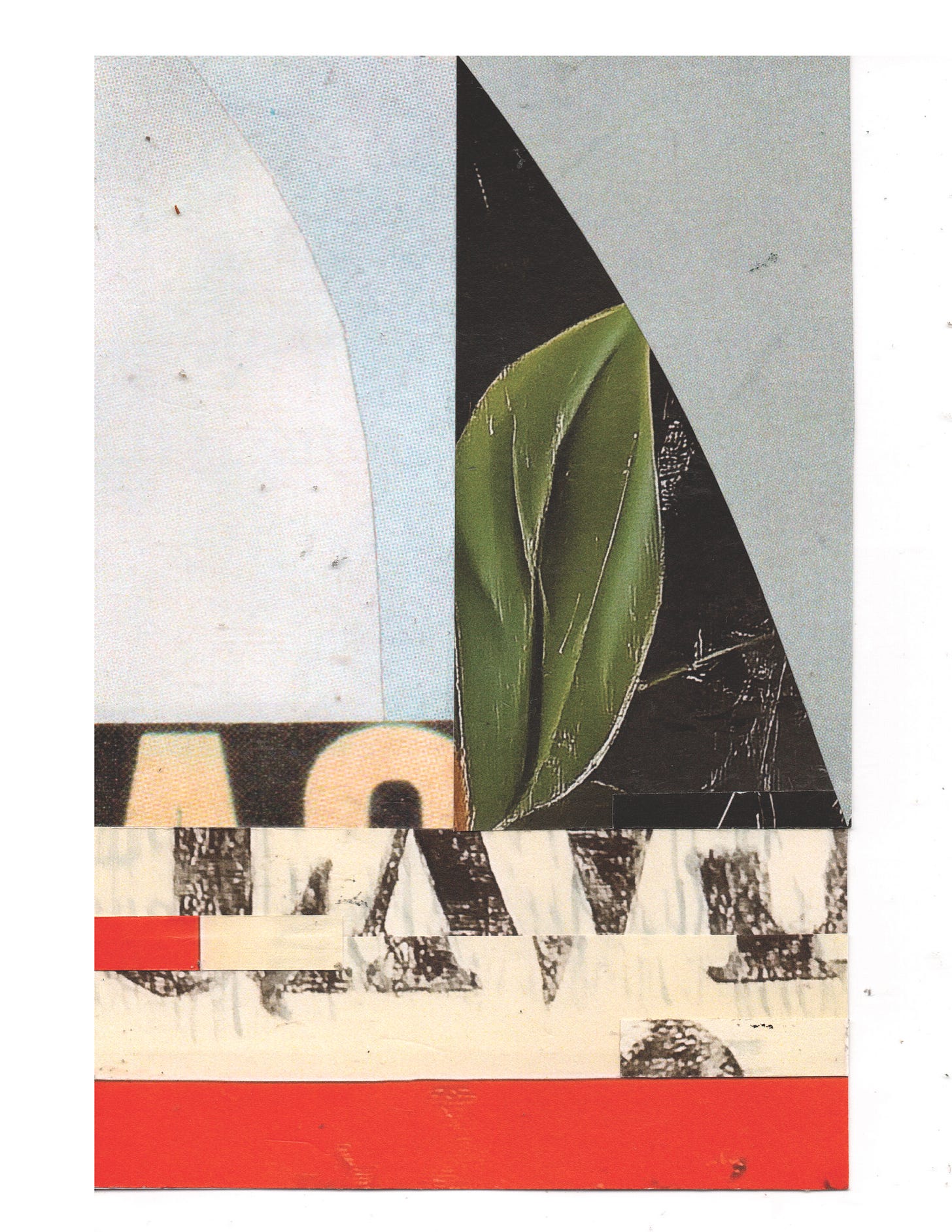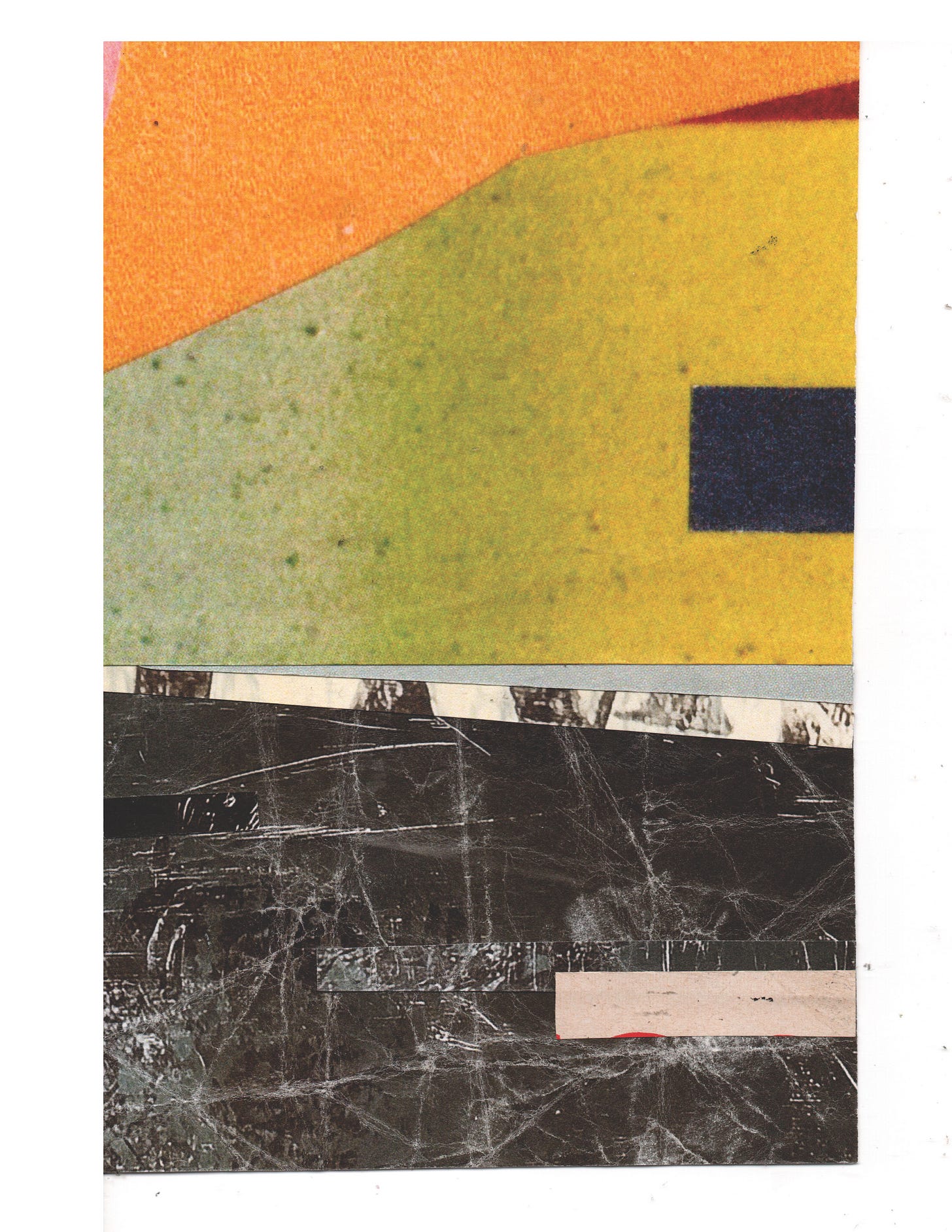Not long after I started working with printed screen shots from Sascha Bregenhorn’s (IG here), generative art website, Artifactor, I went down a generative art rabbit hole.
I listened to interviews with designer and artist Joshua Davis. I found myself baffled and in awe.
I stumbled upon the work of Tyler Hobbs. A visual artist who creates art via algorithms that incorporate his analog work.
I became enamored with this form of creation. A process that not only embraces chance but actively courts randomness.
I wanted to find a way to do this, to pursue this, in my own work, but I'm not smart enough to code.
And then, I encountered the work of Claire Silver, an anonymous AI collaborative artist, who, together with AI, creates "transcendental...works that are greater than either of [them] could make alone".
I've been ambivalent about AI more than anything. Neither boisterously for, nor avidly against. Mostly unaffected, unconcerned, and disinterested.
But, Claire Silver got me thinking. She got me curious. And isn't that were all making begins?
AI arrived like a genie out of a bottle, and it's naïve and unrealistic to think that there's any possibility of putting it back in.
Our world may orbit. Our seasons may cycle. But technological change, for the most part, is linear. Unidirectional. It goes one way.
Almost always forward. Very rarely, if ever, backward again.
I don't know if AI is good or bad, right or wrong. I don't know if you should or shouldn't use it. On these things, I'm not intelligent enough to comment. What I do know is that it's here and that it's unlikely to go anywhere.
What I do know is that we are saved by our questions ultimately. That questions are the source of all creativity. That it's always been the task of makers and creators to ask them. To wonder at the darkness and to shape it into something with tangibility. To "coax the invisible towards a form", John O 'Donohue says, to guide "the unknown towards intimacy".
And so I'm seeking. I'm making things. I'm wondering.
Is it possible to use AI responsibly? What would that look like? What would it mean?
I've been asking and experimenting. This is what happened.
I took scans of analog collages and digitally manipulated them into new compositions.
I put those compositions into Midjourney prompts to see what AI would generate in response to them. These are a few that I selected.
I printed these out along with the digital compositions that prompted them. And I made these analog collages.



I'm not sure if I ended up with any more clarity than when I started. I'm not sure that I found any answers. I'm still here. Still searching. Still asking. Still wondering. Still making things...
P.S. ICAD - Day 150-152 - *all the index card collage below were created with the leftover fragments of the collage materials used for the collages above.













I do feel that the “it’s here to stay so we might as well go with it” take on generative AI is a bit disingenuous. There are many forces at play in tech “innovation” and we actually aren’t obligated to follow along. I know some artists that make fantastic use of generative models and working in consort with technology can open up loads of possibilities but it also comes with a responsibility to understand what’s connected with the work.
With much collage work, there is already an aspect of sampling and repurposing other people’s work inherent to the process — though some people collage only with materials they make themselves. There’s the same responsibility in that analog work where an artist has to ask, are the original photos or “found” art in my collage doing all the work. I think about this often when I see work that makes heavy use of photos of people from books or magazines — it feels too shallow to me to just decorate around the work of a photographer and also use an image of a person and change its context. It’s complicated and there’s no clear right or wrong.
With AI the aspects that bother me more is the beyond arms length connection to the original work used by the model to generate an image. In some cases, the model might generate based on thousands of sources and the image reference is mostly gone but in other cases the source material might be more finite and the model can only know to duplicate the data that it has access to.
The other aspect for me is the ecological impact of using these tools. Many contemporary processes are reliant on water, power, and raw material uses that are a net negative for our planet. Again we have some responsibility to make choices as artists and humans within this system. Generative AI again takes that concern and multiplies the impact in a mostly invisible way. The millisecond magic responsiveness of an AI model is possible through its programming of course but also through a massive amount of water and power used with every prompt. The environmental impact for what seems like a throwaway digital act brings with it a giant set of responsibilities.
So artists should explore and use new tools but like the responsible use of toxic chemicals and materials in conventional art and the conscious use of other people’s artistic output as inspiration or source materials, digital processes require the same degree of honest intention.
Glad to know you are dabbling with AI, making experiments, and incorporating it into your work. Openness, curiosity, inquiry— all good! I’ve been doing the same thing, Duane. It’s here to stay. why not see how it works with your creative practice? If anything, it’s still part of learning and it can be fun too!